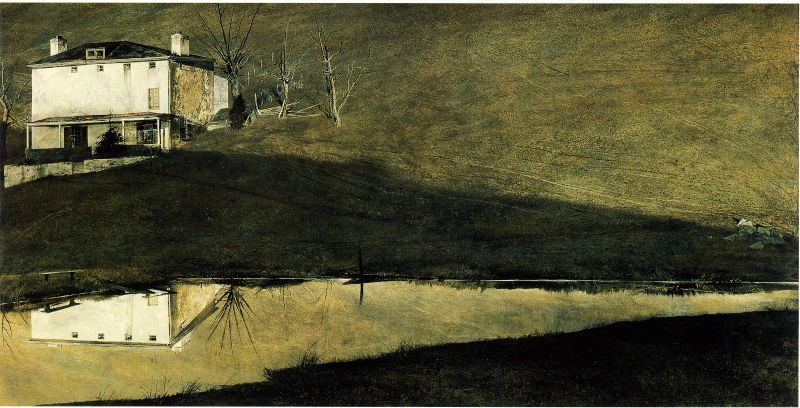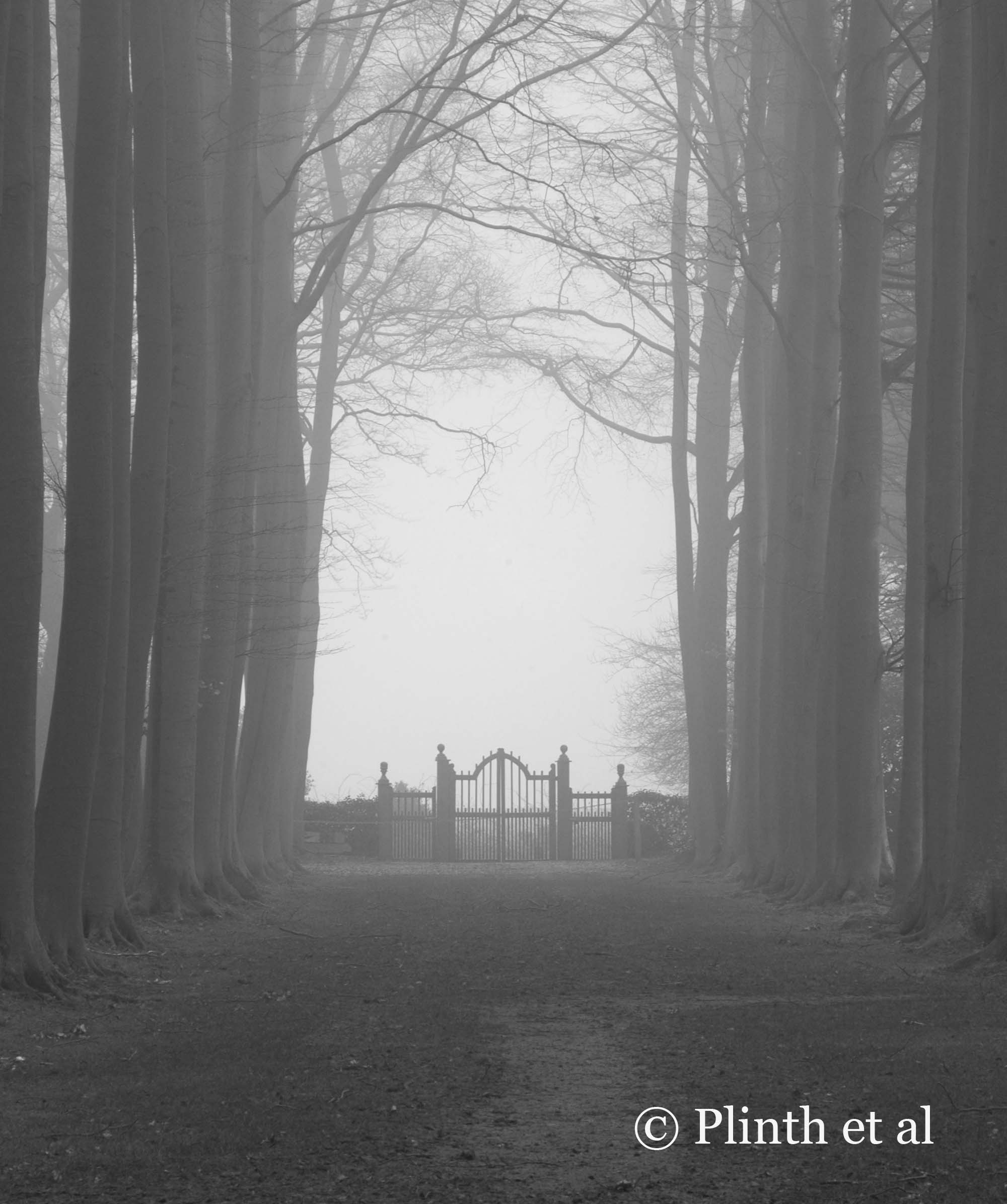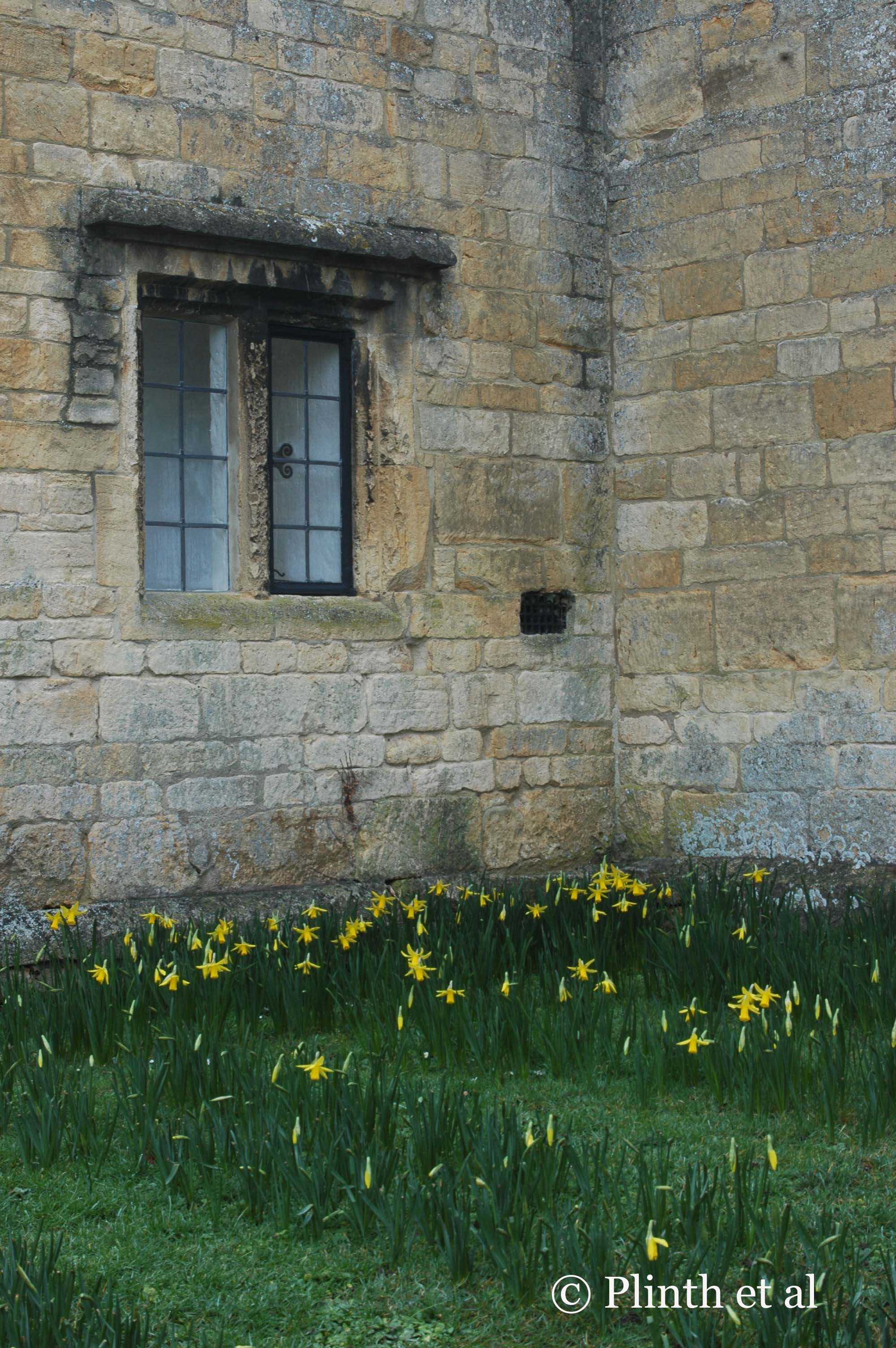Winterscapes
Snow had fallen at Chanticleer in the last few weeks. I remember a visitor interested in seeing Chanticleer during winter, only to have her hopes deflated upon discovering that we were closed after October.
It reminded me of how much I gleamed about winter structure in United Kingdom after the masses and voids of plantings have been stripped away, leaving little to distract the eye from the permanent elements. When I saw the Wyeth paintings at the Brandywine River Museum, their economical spareness of colors and subjects revealed a depth similar to those wintry landscapes I enjoyed in United Kingdom. The grays, browns, and dark greens may have a somberness that dampens one's psyche, but they allow our eyes, loosened from the vise of bright colors and light, to relax. Your images of the Spanish farmlands carved with crop lines, mountains, and forests reflect that chromatic subtleties on our moods, and I returned to the moments of walking through empty Cotswold gardens and villages in early winter mornings.
Hidcote Manor Garden is not open during winter, but my friends and I gained access through the generosity of the Head Gardener Glyn Jones. Perhaps weary from the onslaught of visitors and luxuriance of its beds, the garden slips into a soporific stupor, acquiring a restfulness rarely seen at other times. The French and Italianate influences on its creator Lawrence Johnston are now more apparent - the pleached hornbeams, the holm oak cubes, the gazebos, and the pool take on the starring roles after having ceding to the lush plantings. Without these structural elements the plantings could fall apart and the intriguing secrets of Hidcote cease to exist - just as a woman wears a necklace, a plant is as beautiful as it can be in the right setting. The mystery and drama of Hidcote in winter is strong as it is in spring and summer.
A lesson can be learned in the nearby villages, and Chipping Camden near Hidcote Manor Garden conveys well the architectural detailing that has long drawn out-of-towners and tourists to this region of United Kingdom. Weathered by the patina of age and time, its stone buildings bespeak not only of the area's vernacular and heritage, but also the craftsmanship that once characterized the Cotswolds' hub of the Arts and Crafts movement in the early 20th century. While the front cottage gardens are not at their best, all manner of the buildings' scale and proportions, their walls, and the link with the outlying countryside held enough interest for a solitary walk.
As dispiriting as winter, especially its holidays, may seem for us gardeners, it teaches us restraint and sobriety before the floral excesses of spring engulfs our senses. There is something said about the ability of a bracing walk to contemplate and innovate. And there is always the promise of catalogs to dream, snowdrops, hellebores, and witch hazels to welcome, and a chance to breathe. See you in the New Year!
Take care, Eric

















